The Art and Craft of Bakeries and Cakes: A Journey of Flavor, Tradition, and Innovation
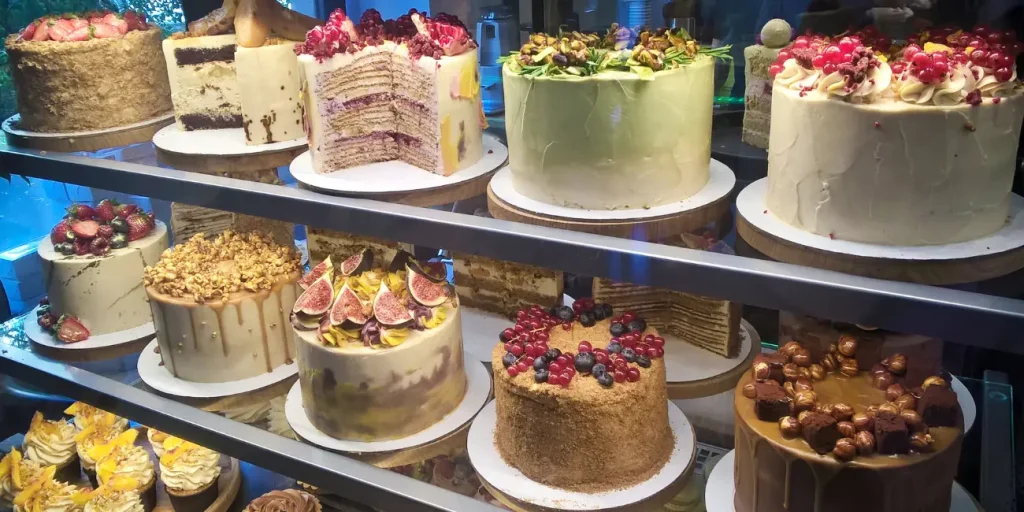
Bakeries and cakes have long been central to the culinary landscape, weaving their way into our daily lives and celebratory moments alike. From the soft, golden hues of freshly baked bread to the intricate layers of a decadent cake, the world of baking represents more than just sustenance—it’s an art form, a tradition, and for many, a labor of love. But what exactly lies behind the allure of a well-crafted bakery and its crowning jewel, the cake? Let’s explore the intricacies of these beloved creations, from the history and evolution of baking to the innovation that continues to shape the industry today.
The Birth of a Bakery: A Tradition Rooted in History
The origins of bakeries can be traced back to ancient civilizations. In ancient Egypt, the first leavened bread was born through the accidental fermentation of grain and water, a serendipitous discovery that would go on to change the way the world would eat forever. Early bakeries, established around 3000 BCE, were often humble establishments that produced simple, everyday bread to feed the masses. These early bakeries were often located near marketplaces or temples, as bread was a staple food, deeply integrated into both everyday life and religious ceremonies.
As the centuries passed, the craft of baking evolved, influenced by cultural exchanges between the Middle East, Europe, and Asia. In medieval Europe, the concept of specialized bakeries began to emerge, with local bakeries becoming central hubs of the community. The word “bakery” itself originates from the Old French “boulangerie,” derived from “boulanger,” meaning baker, which eventually made its way into the English language in the 14th century.
By the time the Industrial Revolution rolled around in the 18th century, the bakery had undergone a significant transformation. With the advent of mechanized ovens and mass production, bakeries began producing bread and cakes on a scale never before imagined. The 19th century also saw the rise of the modern cake, with sugar and flour becoming more widely available to the middle class, making cakes more accessible and often a centerpiece at celebrations.
The Craft of Cake Making: An Expression of Technique and Creativity
At the heart of any good bakery lies its cake—a confection that transcends mere dessert to become a symbol of celebration, of joy, and of community. But creating the perfect cake is no simple task. Behind every cake lies a careful balance of ingredients, timing, and technique.
The first and most important element of a successful cake is the quality of ingredients. Flour, butter, eggs, sugar, and leavening agents such as baking soda or baking powder are the backbone of any cake. However, it’s not just about having the right ingredients; it’s about using them in the right proportions and combining them in a way that maximizes flavor and texture. High-quality butter, fresh eggs, and pure vanilla extract can make a noticeable difference in the final product, elevating an otherwise standard cake into something truly extraordinary.
The art of mixing the ingredients is just as important as selecting them. Over-mixing or under-mixing can significantly alter the texture of the cake, creating undesirable results like dense, rubbery layers or overly airy, crumbly ones. The goal is to develop the right amount of structure and air pockets for a cake that’s both light and moist. This is where the technique of “creaming” the butter and sugar together comes into play. When done correctly, this method incorporates air into the batter, creating a fluffier texture in the final product.
Baking itself is an exercise in precision. Different cakes require different temperatures and times in the oven. For instance, a light sponge cake might only need 15 to 20 minutes at a higher temperature, while a rich, dense chocolate cake might need a longer, slower bake to ensure the inside is just as moist as the outside. Even the positioning of the cake pans in the oven can influence the result. An experienced baker knows when a cake is perfectly done just by the feel, the scent, and the look—skills honed over years of practice.
And then, of course, there’s the frosting. A good frosting can make or break a cake. The options are virtually limitless—smooth, buttery buttercream, rich, glossy ganache, or the delicate whipped cream that tops many classic European cakes. The balance between sweetness and richness is key, as overly sweet frosting can overwhelm the cake itself, while too little sweetness may leave the creation feeling incomplete.
The Bakery’s Role in Modern Culinary Culture
While cakes have traditionally been reserved for special occasions—birthdays, weddings, holidays—the modern bakery has evolved to offer more than just celebratory confections. Today, bakeries are cultural touchstones in cities around the world, offering a wide range of products that reflect the tastes, values, and innovations of their time.
In many cities, bakeries are a meeting place for communities, where people not only come to buy their morning bread but also to connect with friends, engage in conversations, or enjoy the artistry of their favorite pastry chefs. Bakeries have become spaces of creativity, pushing the boundaries of traditional cake-making by introducing new flavor profiles, textures, and designs. From avant-garde wedding cakes that resemble sculptures to gluten-free, dairy-free, or vegan cakes that cater to a growing demand for health-conscious alternatives, there is no shortage of experimentation in today’s baking world.
One notable trend is the resurgence of artisan baking, a movement that emphasizes craftsmanship, tradition, and the use of locally sourced, sustainable ingredients. Artisan bakeries often focus on small-batch production, taking the time to handcraft each item with care and precision. This trend is especially evident in the rise of sourdough bread, with its long fermentation process and complex, tangy flavor profile becoming a hallmark of high-quality bakeries worldwide.
Another fascinating development has been the increasing interest in fusion cakes, which combine elements of different cultural baking traditions to create exciting new tastes. For example, the matcha green tea-infused cakes from Japan have found their place alongside traditional Western chocolate cakes, while Mexican tres leches cake has become a popular choice in many bakeries across the United States. These cross-cultural inspirations reflect the increasingly globalized nature of the modern culinary world, where flavors from every corner of the globe are celebrated and embraced.
The Future of Bakeries and Cakes
The future of bakeries and cakes is as bright and dynamic as ever. With a growing awareness of dietary preferences and restrictions, the rise of plant-based ingredients, and the increasing popularity of alternative sweeteners, the next wave of cake-making will likely be shaped by both health-conscious choices and sustainability concerns. Furthermore, as technology continues to evolve, it’s conceivable that bakeries will incorporate more advanced tools and techniques, such as 3D printing, to push the boundaries of cake design even further.
However, one thing remains certain: the enduring appeal of a well-baked cake is timeless. It continues to be a symbol of celebration, a piece of comfort, and an expression of human creativity and skill. Whether enjoyed at a simple afternoon tea or as the centerpiece of a grand occasion, cakes and the bakeries that create them will always hold a special place in our hearts, and in the kitchens of those who dedicate themselves to perfecting the craft.


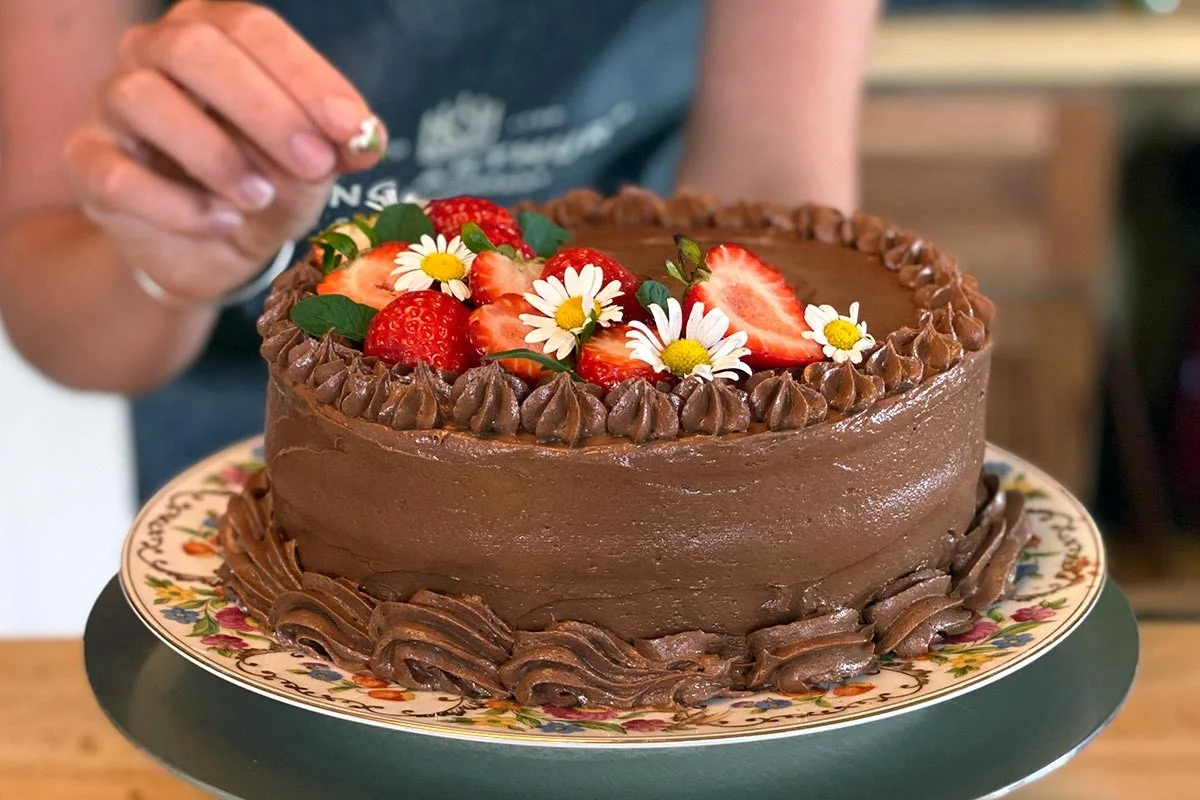 Delightfully Decorate Your Desserts with Edible Flowers for Cake: The Ultimate Guide
Delightfully Decorate Your Desserts with Edible Flowers for Cake: The Ultimate Guide 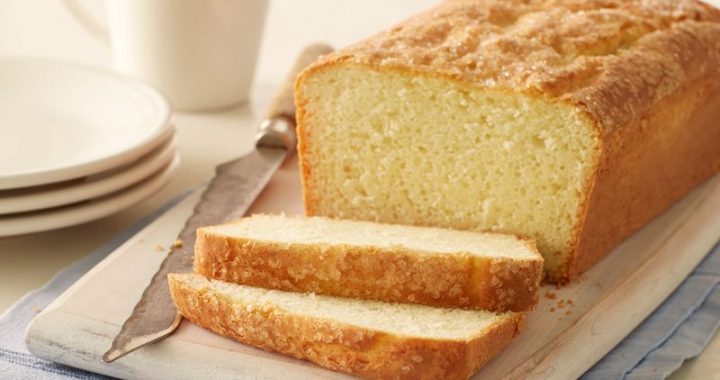 Cake Loaves of bread – Leave Your Dessert Towards The Experts
Cake Loaves of bread – Leave Your Dessert Towards The Experts  Help guide to the right Wedding Cake
Help guide to the right Wedding Cake  Novelty Loaves of bread for Cakes
Novelty Loaves of bread for Cakes  Design Ideas and Strategies for Loaves of bread Logos
Design Ideas and Strategies for Loaves of bread Logos  Cake Decorating – Frosting Strategies For Beginners
Cake Decorating – Frosting Strategies For Beginners  The Future of Coffee & Drinks: Sustainability, Innovation, and Personalization
The Future of Coffee & Drinks: Sustainability, Innovation, and Personalization 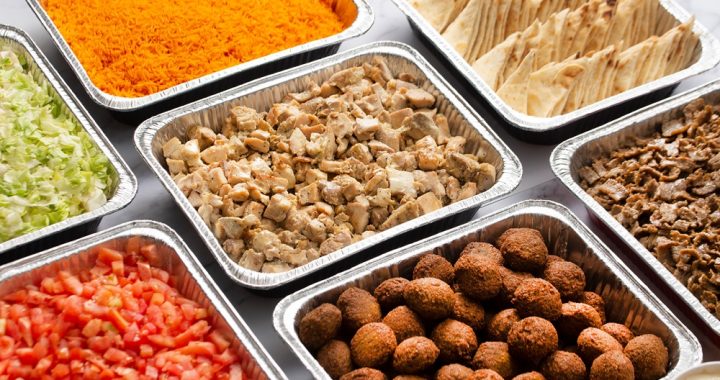 The Art of Catering: A Fusion of Flavor, Service, and Experience
The Art of Catering: A Fusion of Flavor, Service, and Experience 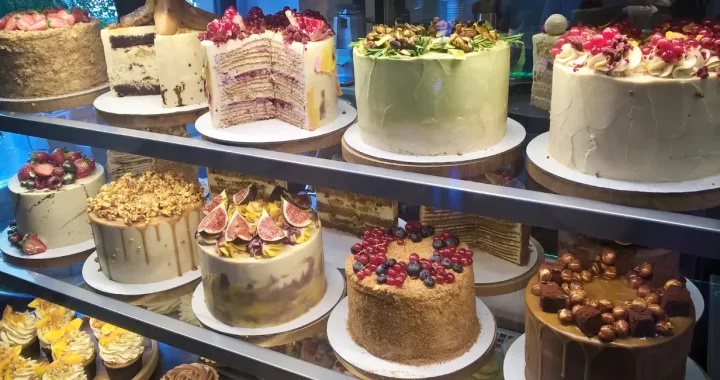 The Art and Craft of Bakeries and Cakes: A Journey of Flavor, Tradition, and Innovation
The Art and Craft of Bakeries and Cakes: A Journey of Flavor, Tradition, and Innovation